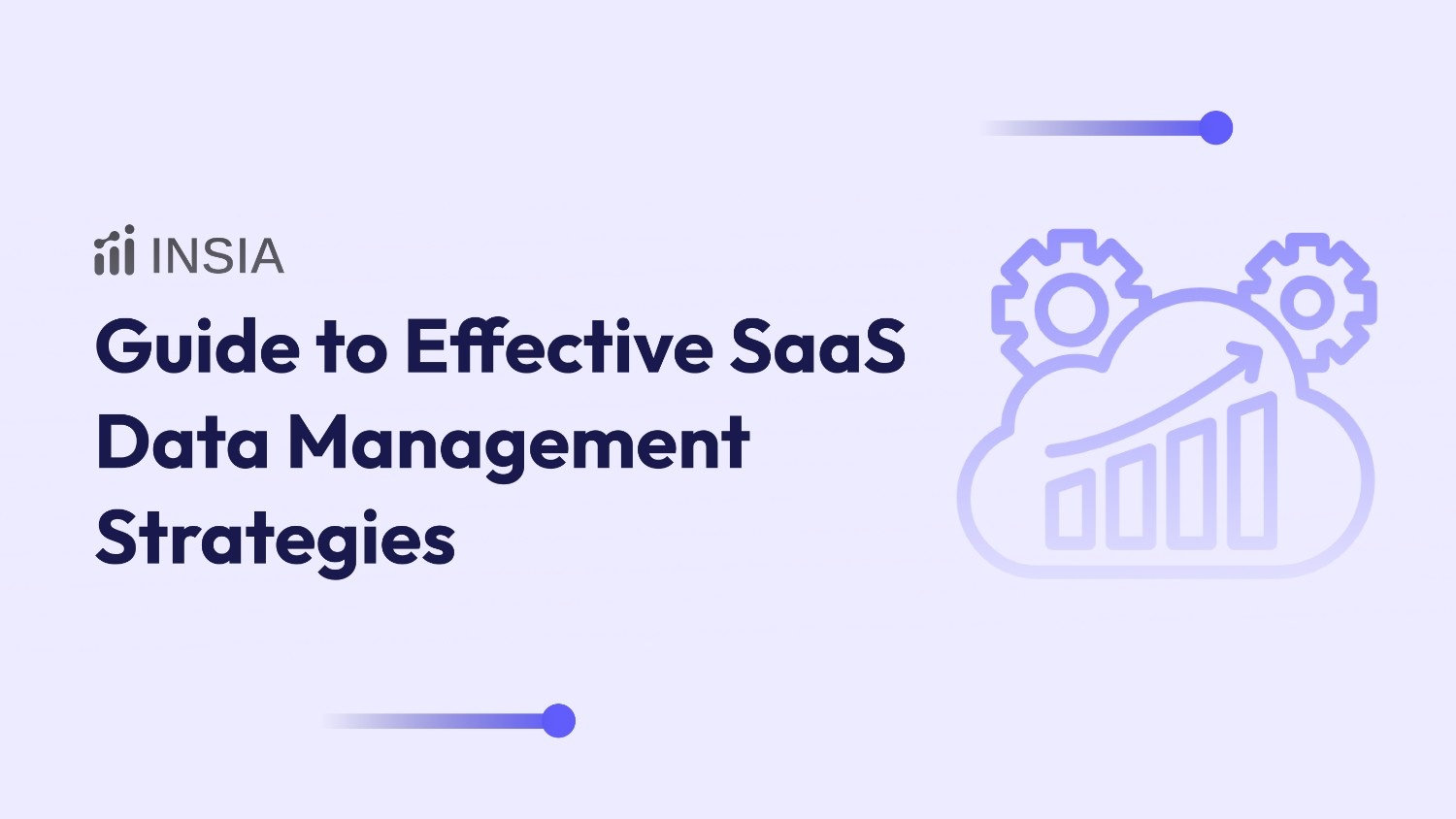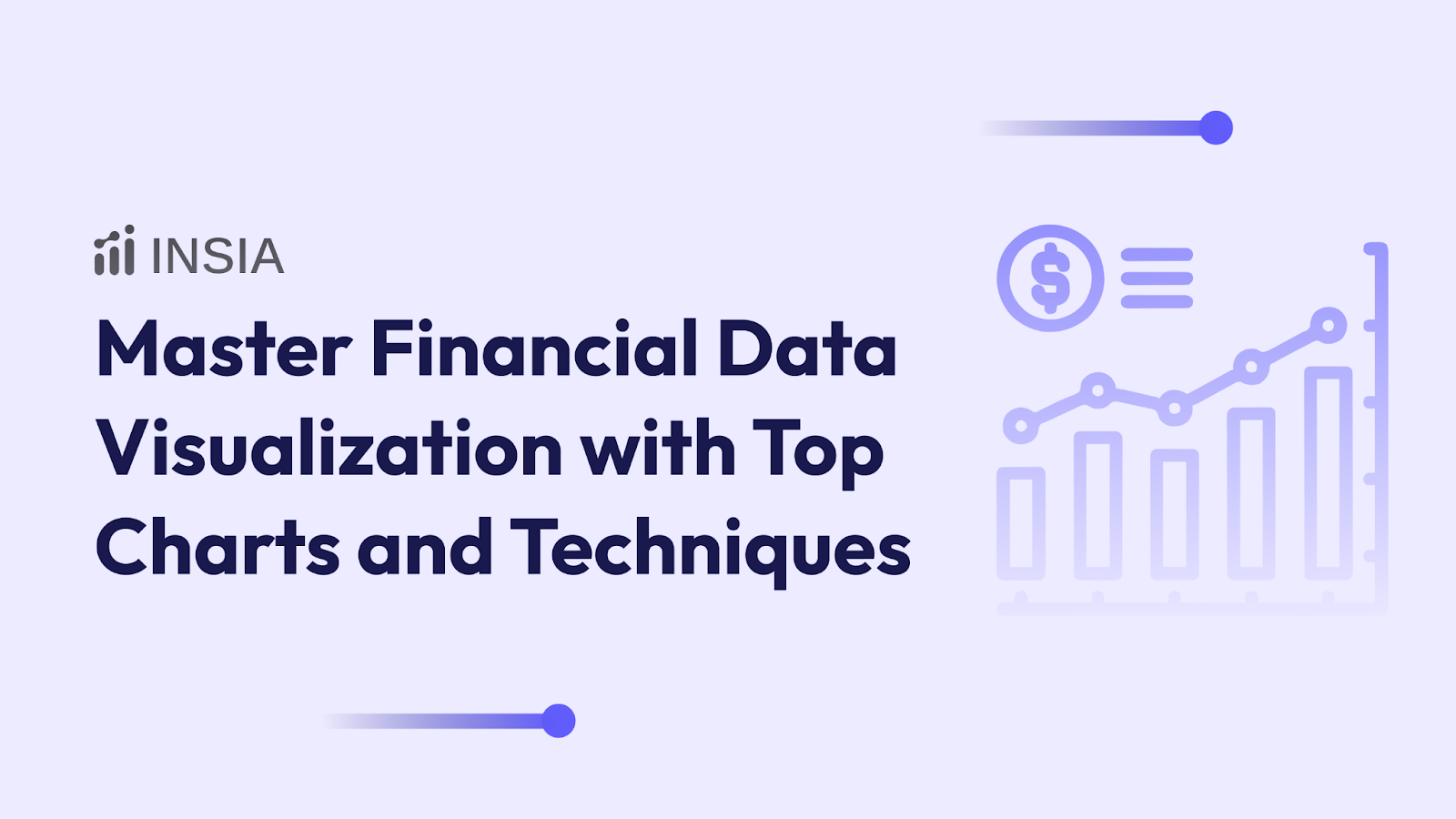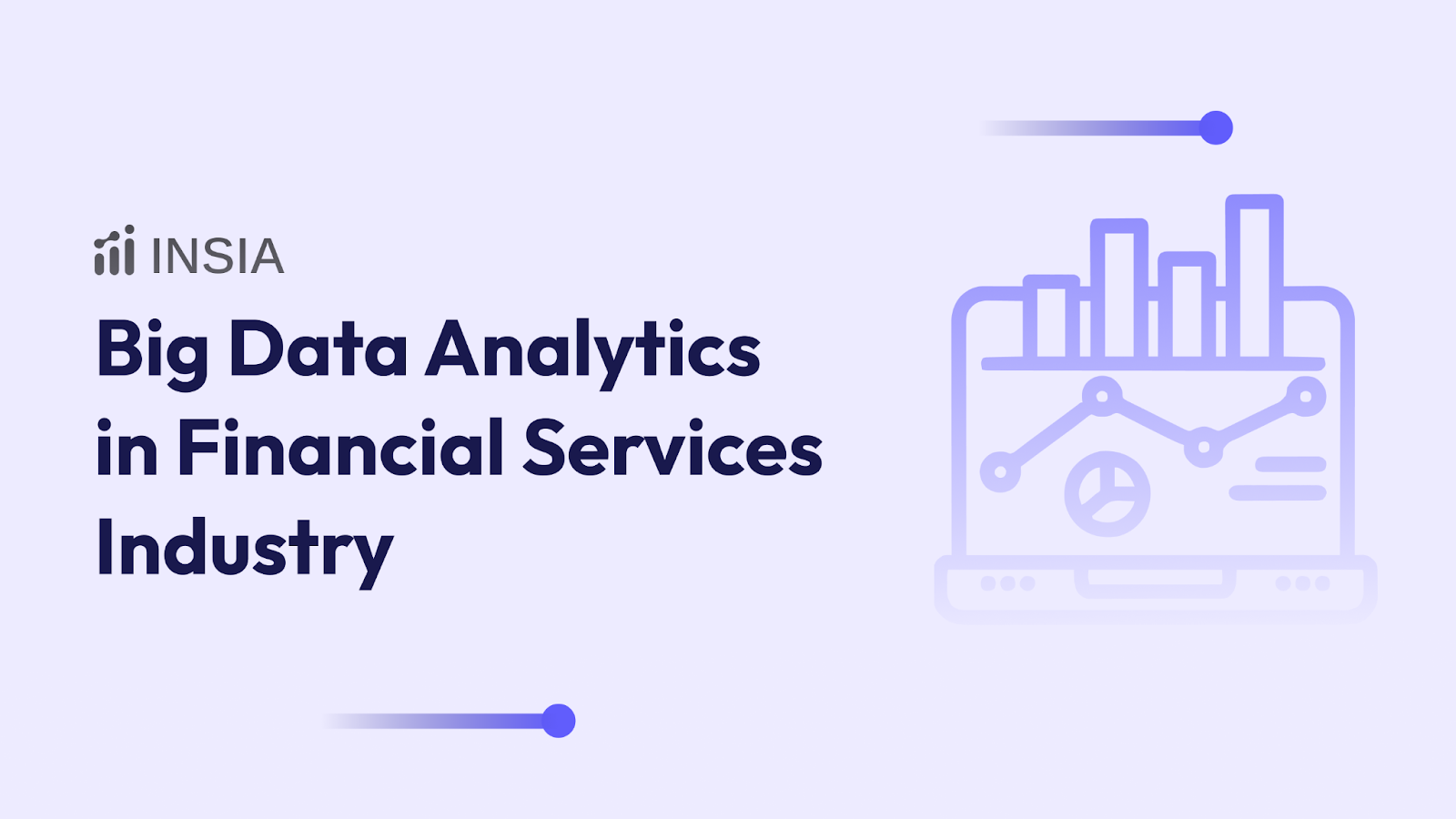TL;DR:
- Primary sales occur from manufacturer to distributor and drive initial revenue and inventory planning.
- Secondary sales flow from distributor to retailer and reveal actual market traction and retail-level demand.
- Tertiary sales involve the final sale to consumers, directly impacting brand success, forecasting, and ROI.
- Lack of visibility into secondary and tertiary sales causes over 69% of supply chain inefficiencies (ClicData).
- Tools like INSIA unify sales data across all tiers, enabling real-time insights, better forecasting, and optimized execution.
- Tracking the right metrics per level, like fill rate, retailer coverage, and offtake, helps maximize sales velocity and customer satisfaction.
- A synchronized sales approach ensures inventory alignment, faster replenishment, and stronger partner relationships.
Did you know that according to a recent study by ClicData, 69% of companies report poor visibility across their supply chain, underscoring how limited insight into secondary and tertiary sales contributes directly to inefficiencies.
While most companies closely monitor primary sales, the direct movement of goods from manufacturer to distributor, what often gets overlooked is what happens next. How are those goods passed on to retailers? When do they actually reach the end consumer?
This is where understanding the three tiers of sales, primary, secondary, and tertiary, becomes operationally critical. It’s not just academic theory; it’s the foundation for how modern businesses forecast demand, manage inventory, optimize working capital, and build more responsive supply chains.
In this blog, we’ll break down each sales level, explain where it fits in a typical distribution flow, and show why knowing the difference is essential for stakeholders across finance, sales, operations, and strategy.
Let’s begin by defining each type of sale and examining how they collectively power your go-to-market engine.
What Are the Three Sales Levels?
To understand how products truly move through the market, we need to look beyond just the initial sale. Every transaction in the supply chain falls into one of three key categories: primary, secondary, and tertiary sales.
When tracked properly, this layered view unlocks deeper insights into demand, performance, and profitability.
Here’s a breakdown of each level:
- Primary Sales: The sale of goods from the manufacturer to the distributor. This is typically the first revenue event recorded by the company.
- Secondary Sales: The sale from the distributor to the retailer. This reflects the movement of goods further down the supply chain toward the end market.
- Tertiary Sales: The final leg where sales from the retailer to the end consumer. These represent actual product consumption and are crucial for market-level insights.
Manufacturer → Distributor → Retailer → Consumer
(Primary) (Secondary) (Tertiary)
When these sales tiers are clearly mapped, businesses gain a more accurate picture of what’s selling, where it's moving, and how quickly. This enables better inventory management, demand forecasting, and revenue alignment across the board.
However, when these tiers are siloed, as they often are, companies face challenges like overstocking, underperformance, and lost revenue due to poor visibility.
That’s why modern platforms like INSIA are so valuable. By unifying data across all three levels of sales, INSIA gives stakeholders real-time insights that lead to faster decisions, improved agility, and stronger margins.
Now that we’ve defined the three sales levels, let’s dive into each, starting with primary sales, the initial transaction that sets the entire distribution process in motion.
Primary Sales: The First Leg of the Supply Chain
Primary sales refer to the sale of goods from the manufacturer to its authorized distributor or channel partner. It’s the first revenue-generating event recorded in a company’s books and is driven largely by company-side strategy and sales forecasting.
The process begins when finished goods move out of the manufacturer’s warehouse and are invoiced to the distributor. The goods are then physically transferred to the distributor’s warehouse, marking the completion of a primary sales transaction.
This stage involves:
- Stock planning based on projected secondary demand
- Distributor order placement
- Invoicing and shipping by the manufacturer
Key Factors Affecting Primary Sales
Several business and market conditions shape how much volume moves through primary channels:
- Company Popularity and Brand Strength: A strong brand pulls more initial orders from distributors.
- Product Popularity and Demand Trends: Influences the willingness of distributors to place large orders.
- Seasonal Planning: Peak periods like holidays, festivals, or back-to-school seasons boost primary sales.
- Incentive Schemes: Discount structures, rebates, and volume bonuses drive distributor motivation.
- Distributor Confidence in Pull-Through: If secondary and tertiary sales are healthy, distributors are more likely to restock aggressively.
Metrics to Track for Primary Sales
To monitor and optimize primary sales performance, companies typically track:
- Fill Rate: Percentage of distributor orders fulfilled on time and in full.
- Distributor Order Cycle Time: Average time between successive orders from each distributor.
- Primary Sales Growth %: Period-over-period growth in sales to the distribution network.
- Inventory Turnover at Distributor Level: Measures how quickly stock sold to distributors is moving out, reflecting sales efficiency.
Role of Primary Sales in Business Strategy
Primary sales generate core revenue for the company and are a key benchmark for business performance. They also reflect distributor trust and readiness to push products downstream. High primary sales volumes indicate strong upstream demand alignment but without solid secondary sales, it could also signal overstocking risks.
While primary sales may drive initial revenue, it’s the secondary sales that truly reflect how well your product is moving through the market. As we’ll see in the next section, the success of primary sales hinges on how well secondary sales follow through, making visibility into downstream movement just as important as upstream execution.
Also Read: Comprehensive Guide to Supply Chain Analytics Use Cases
Secondary Sales: Bridging Strategy with Market Reality
Secondary sales refer to the transfer of goods from a distributor to a retailer or sub-distributor. These are often smaller, more frequent transactions that reflect actual market demand at a regional or outlet level.
Once the distributor receives stock through primary sales, they invoice retailers based on local demand and hold a margin on each transaction. The stock then moves into storefronts or local inventories, ready for consumer purchase.
This layer is where brands extend their reach into urban, rural, and modern trade channels. A high-performing secondary sales process ensures consistent product availability where it matters most on the retail shelf.
Key Factors Affecting Secondary Sales
Several dynamic factors influence how much product retailers choose to buy:
- Stock Availability: Retailers can’t sell what they don’t have. Distributor stockouts directly limit secondary movement.
- Brand Equity: Strong brand pull encourages retailers to place larger and more consistent orders.
- Retailer Schemes and Incentives: Discounts, rebates, and volume-linked rewards drive secondary movement.
- Localized Demand Trends: Regional events, weather, festivals, or news can significantly shift short-term retailer behavior.
- Salesforce Execution: The distributor's field team plays a vital role in pitching stock, negotiating visibility, and resolving objections.
- Visibility into Retailer Behavior: Without understanding stock levels and sell-through rates at retail, distributors risk either under-supplying or flooding the market.
Key Metrics to Track for Secondary Sales
To drive and evaluate secondary sales performance, companies often monitor:
- Secondary Sales Volume: Total quantity/value of goods sold by distributors to retailers over time.
- Retailer Coverage %: Percentage of targeted retailers visited and serviced by distributors.
- Return Rate: Volume of goods returned by retailers due to damage, expiry, or excess inventory.
- Retailer Fill Rate: Percentage of retailer orders fulfilled completely and on time by distributors.
Role of Secondary Sales in Business Strategy
Secondary sales play a vital role in business strategy by providing real-time insights into retail demand, guiding production planning, optimizing trade spend, and improving territory performance. They help align marketing, inventory, and sales efforts, enabling smarter decisions that boost profitability, enhance retailer relationships, and ensure last-mile product availability.
After products reach retailers through secondary sales, the final frontier is tertiary sales, where goods are sold directly to the end consumer. This is the last mile of the sales funnel and the ultimate measure of market success.
Tertiary Sales: Where Demand Becomes Revenue
Tertiary sales refer to the sale of goods from retailers to final consumers. This stage is what most businesses ultimately aim for, which is actual consumer purchase, usage, and brand experience.
Unlike primary and secondary sales, tertiary sales are driven by personal choice, emotional triggers, and real-time availability at the point of sale.
Key Factors Affecting Tertiary Sales
While primary and secondary sales rely heavily on supply chain efficiency and channel management, tertiary sales hinge on consumer-centric factors:
- Shelf Placement: Eye-level or high-traffic shelf space improves product visibility and impulse purchase.
- Discounts and Bundling: Offers like Buy One Get One (BOGO) or combo packs can influence price-sensitive buyers.
- Consumer Sentiment: Brand trust, sustainability claims, and even social trends can shape buying decisions.
- Store Traffic & Format: High-footfall locations (e.g., malls, transit hubs) naturally see higher offtake, while Direct-to-Consumer (D2C) or pop-up stores allow curated experiences.
Key Metrics to Track for Tertiary Sales
To assess and grow tertiary sales, businesses commonly track:
- Offtake Rate: The volume of product sold to consumers versus stocked at retail.
- Customer Conversion Rate: Percentage of store visitors who complete a purchase.
- Basket Size: Average number of units or value per consumer transaction.
- Stock Keeping Unit (SKU)-wise Sales Trend: Sales performance tracked at the individual product level to optimize inventory and marketing.
Role of Tertiary Sales in Business Strategy
Tertiary sales, representing the final sale to the end consumer, are crucial for demand forecasting, brand strategy, and consumer engagement. They reveal true market traction, validate marketing effectiveness, and inform pricing and packaging decisions. Tracking tertiary sales helps businesses tailor promotions, reduce return rates, and optimize shelf-level execution.
Understanding the distinctions between primary, secondary and tertiary sales is only part of the equation. The real competitive advantage lies in optimizing each level with the right focus areas and tools.
Also Read: 13 Sales Dashboard Examples for Effective Setup
Optimization of Sales at Each Level
Below is a tiered breakdown showing how businesses can enhance performance at every sales stage:
Each tier requires its own strategy and synchronized execution to avoid bottlenecks and ensure fluid stock movement from warehouse to shelf.
How INSIA Enables Tiered Sales Optimization
INSIA empowers companies to track and optimize all three sales levels in real time by integrating data across Enterprise Resource Planning (ERP), Customer Relationship Management (CRM), Data Management System (DMS), and Point-Of-Sale (POS) systems. This consolidated view allows:
- Real-time visibility into stock flow and sales velocity across distributors, retailers, and end points
- Intelligent demand forecasting to align production and dispatch with real consumer pull
- Customizable dashboards to monitor campaign effectiveness, fill rates, and territory-level coverage
By bridging data silos, INSIA ensures that your primary sales align with secondary demand and your marketing spend translates into measurable tertiary uplift.
Conclusion
Primary, secondary, and tertiary sales may occur at different stages of the supply chain, but they are deeply interconnected. A spike in consumer demand (tertiary) is meaningless if retailers are understocked (secondary), or if distributors aren’t replenished on time (primary).
That’s why optimizing each level is not a siloed task. It’s a synchronized effort. Neglecting any stage can lead to cascading issues: poor shelf availability, inflated inventory costs, dissatisfied partners, or even missed revenue.
In today’s competitive environment, companies that succeed are those that treat sales as a full-funnel ecosystem backed by data, real-time insights, and agile execution.
Optimizing just one level isn’t enough. For true sales effectiveness, companies need 360° visibility, INSIA helps bridge that gap.
Frequently Asked Questions (FAQs)
1. What are primary and secondary sales?
Primary sales are transactions from the manufacturer to the distributor. Secondary sales occur when the distributor sells to the retailer. Together, they form the upstream half of the supply chain, setting the stage for final consumption.
2. Why is tracking secondary sales important?
Secondary sales reflect real-time market demand. They influence primary dispatches, production planning, and promotional ROI. Without visibility here, businesses risk overstocking or stockouts at critical locations.
3. Can tertiary sales data improve forecasting?
Absolutely. Tertiary sales, consumer-level purchases, are the clearest signal of actual market demand. When layered with secondary and primary data, they allow for more accurate forecasting and supply chain planning.
4. How does INSIA help manage sales across tiers?
INSIA integrates ERP, CRM, DMS, and POS data to give you a unified view of primary, secondary, and tertiary sales. It delivers real-time dashboards, predictive insights, and intelligent alerts so you can act proactively at every sales level.
5. Which metrics are critical for primary sales optimization?
Key metrics include:
- Distributor fill rate
- Primary order cycle time
- Inventory turnover ratio
- Dispatch accuracy
Monitoring these helps ensure timely and efficient product movement to distributors.
6. How do I identify underperforming distributors?
With INSIA, you can track metrics like order frequency, fill rate, sell-through ratios, and payment cycles by distributor. Low-performing partners stand out quickly, enabling targeted interventions or replacements.
7. What tools can help forecast secondary and tertiary sales?
Tools like INSIA use AI-powered demand sensing to forecast based on secondary order patterns, territory-level sales velocity, and even promotional response data. These insights enable dynamic and localized planning.
8. How do primary and secondary sales affect pricing?
High primary sales without secondary sell-through may force markdowns. Meanwhile, strong secondary pull may justify premium pricing or reduced incentives. Pricing strategy depends on understanding movement across both tiers.
9. Can I integrate my CRM and ERP to get a unified sales view?
Yes. INSIA supports seamless integration with platforms like Salesforce, SAP, Oracle, and Zoho to unify customer data, orders, and inventory, offering a single source of truth across your sales stack.
10. How soon can businesses see impact after implementing INSIA?
Most businesses start seeing measurable improvements in sales visibility, forecasting accuracy, and supply chain responsiveness within 30–60 days. Prebuilt dashboards and fast onboarding accelerate time to value.
















